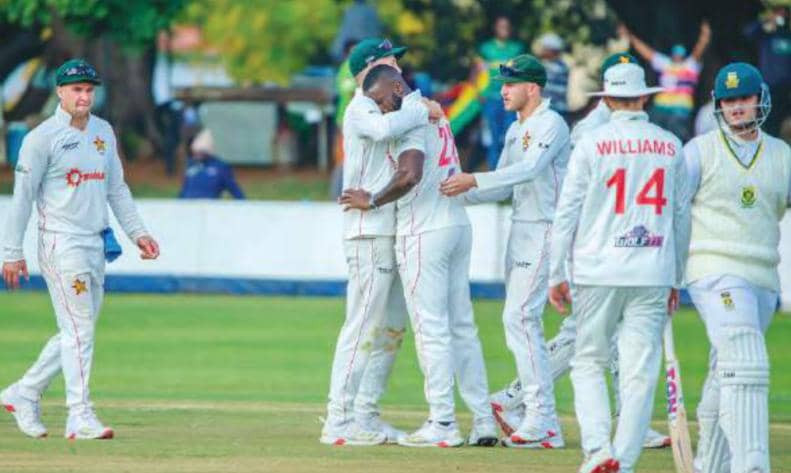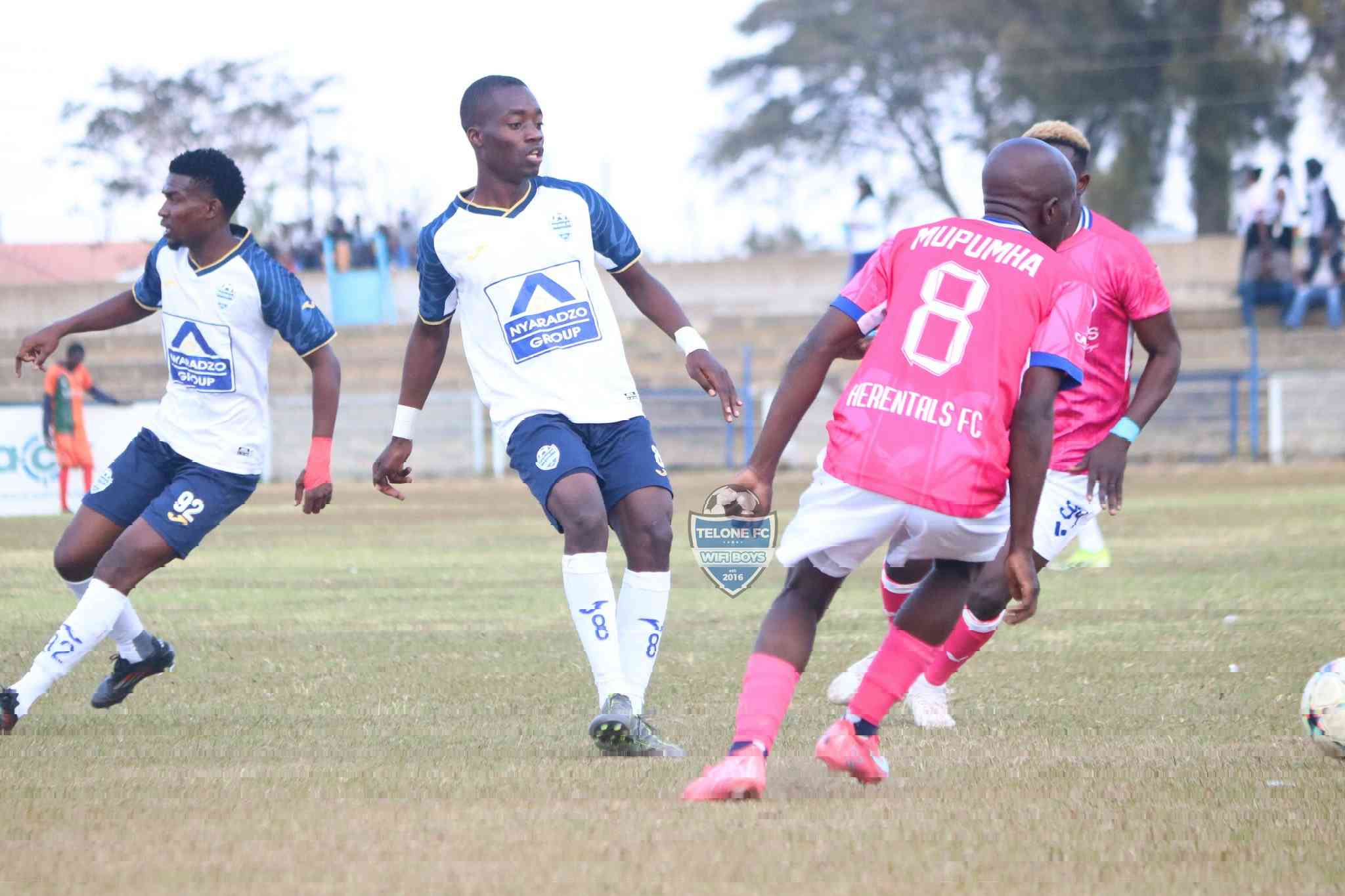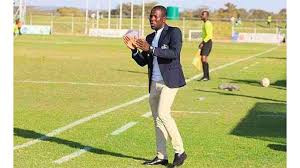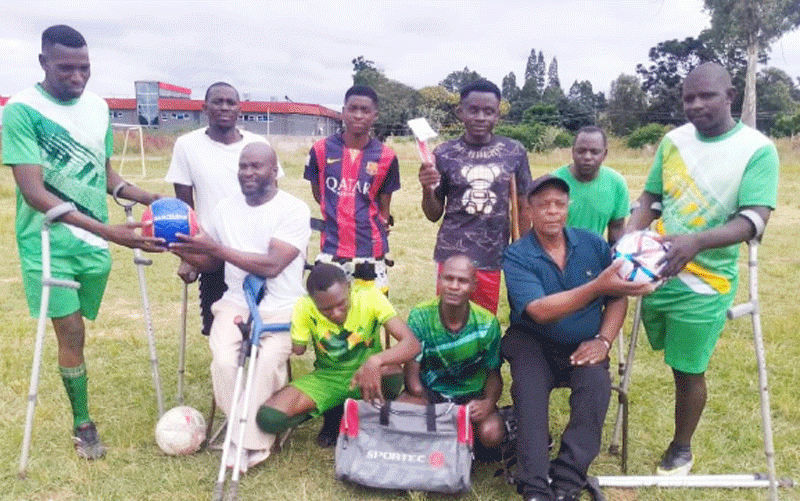
But for those who were in Gweru in 1987, it was through Washington’s blockbuster movie Cry Freedom.
The British drama film directed by Richard Attenborough, set in the late 1970s, during the apartheid era of South Africa was shot on location in Shurugwi and Gweru — in Mtapa and at Ascot stadium to be precise.
The film centres around the real-life events involving Black Consciousness activist Steve Biko and his friend, journalist Donald Woods who initially finds him destructive and attempts to understand his way of life.
Washington stars as Biko, while Kevin Kline portrays Woods. Cry Freedom delves into the ideas of discrimination, political corruption, and the repercussions of violence.
There are scenes of Biko (Washington) driving a Renault 12.
That car, a prized possession in 1987, belonged to a well-known Gweru teacher Wilbert Muringani, who was also a top referee then.
Well, that man passed away quietly in Gweru last week. And it reminded me of how we are so good at forgetting our heroes.
Teacher Muringani, as he was affectionately known in Gweru, was one of the finest referees to emerge in the country. He was buried last Friday in the City of Progress and there was no “minute of silence” in honour of Muringani at the Harare derby last Sunday. Muringani was part of the pioneers of referees, who included the likes of Felix Sanyika and Frank Valdermarca, when referees used to be called the “men in black” because of their uniforms.
- Chamisa under fire over US$120K donation
- Mavhunga puts DeMbare into Chibuku quarterfinals
- Pension funds bet on Cabora Bassa oilfields
- Councils defy govt fire tender directive
Keep Reading
I fondly remember Muringani officiating top-flight matches in Gweru. He was a no-nonsense referee, but he could not shake off the tag of being associated with Gweru United each time he would officiate at “Pisa Pisa” matches and would be accused of making hometown decisions.Being the man in the centre in the olden days was not one of the easiest jobs in football, as one would risk being attacked by the players and administrators.
What made it even worse is that the same referee would be leaving in the same community with the supporters.
Some of the players could also be his neighbours.
But Muringani took it in his stride. Off the field he was all smiles, light in complexion and a handsome man who wore a stern face when officiating matches.
The closest that I could get to Washington was when Cry Freedom was shot at Ascot Stadium — just sitting in the grandstands and being told by film directors to cheer or to keep quite.
I got mineral water packed in milk sachets during breaks and my Z$30 (a lot of money then) at the end of the day. The film directors selected some of the houses in Mtapa for the film, which were burnt and destroyed for some of the scenes.
The houses were later repainted and all the furniture replaced after the shooting. Pity my late uncle Daurosi had a neighbour’s house chosen ahead of his. But for Muringani, his Renault 12, which he kept up to his time of death, remains part of Cry Freedom — the movie.
The film directors remembered there was a person who owned a car in the community when they were shooting the film and hired his car but the sports world did not remember him last week. Cry Freedom!
Feedback [email protected] or mobile number 0772498512











